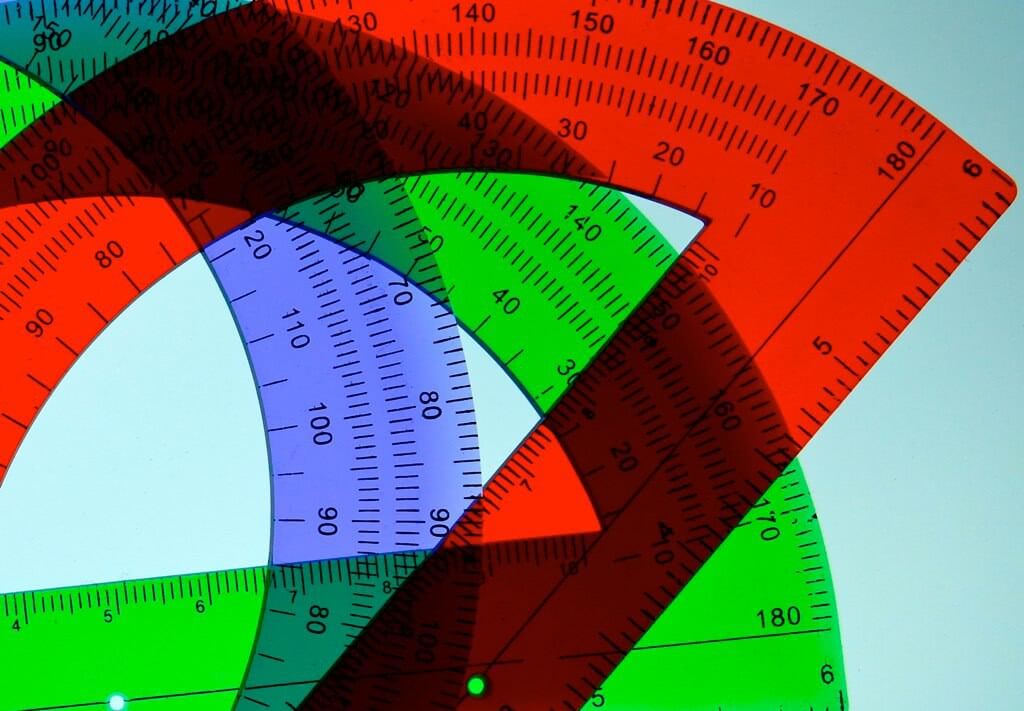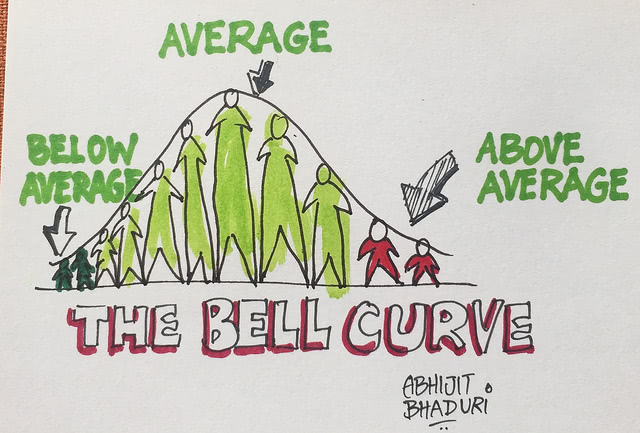 When it comes to the ACT and SAT, changes aren’t very frequent. However, when there is a change, it causes a big stir and conversation about the pros and cons. Have you heard about the recent introduction of the SAT Adversity Score? Here’s a rundown of everything you need to know about this change.
When it comes to the ACT and SAT, changes aren’t very frequent. However, when there is a change, it causes a big stir and conversation about the pros and cons. Have you heard about the recent introduction of the SAT Adversity Score? Here’s a rundown of everything you need to know about this change.
What is the SAT Adversity Score?
It has often been found that SAT scores will vary across economic advantages and disadvantages. Low-income students, for example, generally score lower than those in middle-class families. And, in turn, middle-class students will often score lower than those in wealthier environments. It’s typically linked to the amount of money spent on prep work. Wealthier families can more easily afford tutors, workbooks, or multiple tests.
The Adversity Score, or the Overall Disadvantage Level, for the SAT, was introduced to help combat the differences in scores. It is a number that contains information about the test takers’ advantages or disadvantages throughout their life. While colleges are able to see this information on their end, it will not affect the score test takers see when receiving their results.
It’s important to note that some schools were already using this information prior to mid-May of 2019, but the College Board is rolling out the score to even more colleges and universities this year and the data will be available to all schools in 2020.
What Goes into the Score?
There are a few different factors that go into making up a student’s Adversity Score for the SAT. This data is taken from a test taker’s neighborhood and high school. Some of the data included in the score include:
-
Poverty rates
-
Median family income
-
Food stamp rates
-
Single parent rates
-
Percentages of housing units that are rentals or vacant
-
As well as rent vs income
-
-
Educational data for adults
-
This includes jobs, education, unemployment, and more.
-
-
Crime data
Colleges can also see further information that provides context to any particular student’s situation. This includes:
-
Their graduating class size
-
Comparisons of the student’s SAT score to other percentiles within their high school
-
High school location
-
AP exam rates and scores within the school
-
Average high school SAT scores
-
And more
Pros and Cons of the Adversity Score
The Adversity Score for the SAT is no doubt a controversial subject. However, there are pros and cons to this approach. First, there is obviously an issue with the differences in scores when it comes to students in low-income families compared to students in wealthier families. And at the very least, the College Board is working to add more information to the table to help combat these differences. It’s important to note, that while this info will be available to colleges, they are not required to use the data for their admission process.
On the other hand, though, this can add a bit more stress to the SAT. Students already have a lot to deal with getting ready for college admissions in their junior and senior years. With this number hanging over their head, it may add more anxiety to the process. And while it can have a positive effect for those in low-income families, it doesn’t actually do anything to raise the scores for those students.
Many praise the College Board for tackling the complicated issue of adversity affecting scores, a long-standing issue in the college entrance field. However, many also criticize how the score is being implemented.
The Adversity Score for the SAT is not exactly brand new to the playing field, but with the College Board expanding the availability of the data to all colleges and universities, more students are becoming aware of how it can affect their admission chances.
Check out how your SAT score affects your acceptance odds with College Raptor!





